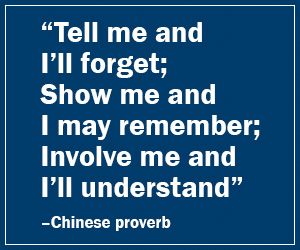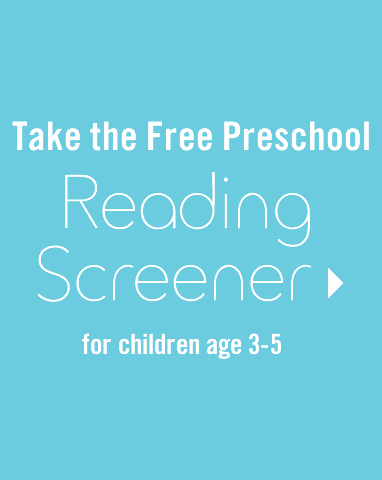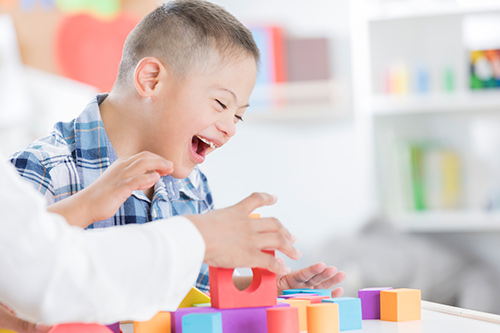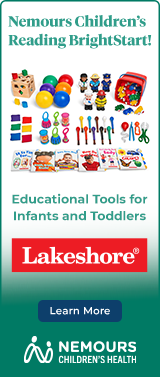What You Need to Know
"Multisensory" is a big word that means "many senses." Multisensory learning involves 2 or more senses within the same activity. It taps into a child's natural learning style, helps him focus better, and remember what he has learned. Our own work at Nemours Reading BrightStart! has shown the power and fun of multisensory activities to help all children build reading readiness skills. Use the tips we list below to help your child have fun while learning important skills.

The Basics of Multisensory Approaches
Even before birth babies start processing sensory information. Young children naturally learn about their world by observing, listening, and exploring with their mouths, hands, and movement. Think about a toddler who is always on the go, touching everything, watching, and asking millions of questions. She is showing us how she likes to learn, and multisensory activities fit right in with her natural way of processing information.
See It! Hear It! Do It! Touch It!
At Nemours Reading BrightStart!, we use See it, Hear it, Do it, Touch it as a reminder to make our teaching activities multisensory.
 Visual
Visual
 Listening and speaking
Listening and speaking
 Movement
Movement
 Using hands
Using hands
How to Make Letter Learning Multisensory
Learning alphabet letters can be hard for some children. In English, there are 26 letters, and children have to learn the uppercase (capital) and lowercase (small) versions for each letter. Not only do kids need to know the names of each letter, but they need to learn their sounds. Lots of letter names and sounds are similar, so it's easy to get them confused.
That's where multisensory strategies can help save the day! Over and over, we find that children who struggle to learn letters suddenly make progress when we make it multisensory. Here's how:
- Show the letter (See It!)
- Say its name and sound (Hear It!)
- Ask your child to say its name and sound with you (Hear It!)
- Show a picture that starts with the letter you are focusing on (apple for Aa) (See It!)
- Make the letter from materials with a texture, such as yarn or clay (Touch It!)
- Draw the letter in the air (Do It!)
- Trace it in a small sand box (Touch It!)
This may sound like a lot to do, but you can start with one or two things at a time, and add others as you get used to it. Use your creativity to think of ways to make it fun for you and your child!
Teaching the Letter J the Multisensory Way (video)
https://youtu.be/pLin_IIvZUs









